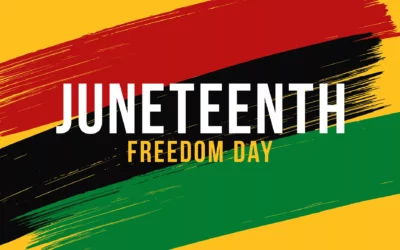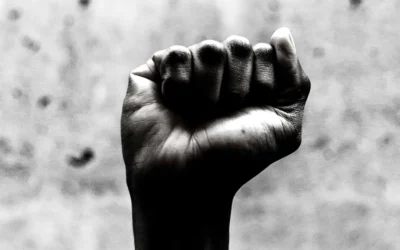While Congress continues to fight over what will and won’t be passed in President Joe Biden’s infrastructure plan, we’ve been digging into what his original proposal could mean for Housing and Homelessness.
Biden separated his first infrastructure plan into two parts: infrastructure and clean energy, and the “care economy.” When it comes to the people and organizations we serve, we’re primarily concerned with that “Care Economy” portion. In short, the plan could lead to historic progressive changes that may rewrite how our country handles these very prevalent issues.
It’s anyone’s guess how the final policy will unfold, but here is a very high-level look at what the President originally proposed.
Increase broadband internet access
Access to fast internet opens up opportunities for employment, education, and time-saving resources. Imagine applying for jobs, working remotely, finishing your degree, doing your homework, or booking a doctor appointment without internet access. People living in poverty or in rural areas often face an internet-access challenge that keeps them from everyday opportunities the rest of the nation enjoys.
Investment in affordable and public housing
Housing is a human right. Yet, safe and affordable housing is extremely difficult to come by in many areas across our country. Biden’s plan earmarks funds to fix up more than 2 million homes and housing units to make room for people to have more affordable housing options. We’re talking buildings that are currently just taking up space would be transformed to offer protection for some of our most vulnerable people. And, they’d actually be able to afford it. Additionally, he calls for funds to improve infrastructure of the public housing system that is crucial for underserved populations.
Make transportation more accessible for neighborhoods previously cut-off
Highways and transportation structures have historically (and intentionally) divided cities on racial lines. Biden’s plan includes $20B to reconnect those neighborhoods and provide equal opportunities for people living in them to have easier access to resources and jobs.
Improve access to child care
Women and minorities are disproportionately affected by a lack of access to quality child care. This investment would make it easier for women to return to work and provide safe environments for children to thrive.
Creating Care Economy Jobs
This is a big deal. This aspect of Biden’s plan is long and detailed, but one of the features we’re most excited about is the opportunity for people who are caring for loved ones to be paid living wages. There is a care-cycle that often leads to poverty and eventually homelessness because our country has not placed high enough value on people who care for aging, sick, or disabled relatives. We will address Care Economy in more detail in a future blog, but for now, we see this as a key component that could have immediate positive impacts.
This list summarizes a few of MANY notable pieces in Biden’s proposal. It’s difficult to say which ones will be passed and when. But, for now, we’ll remain optimistic.









